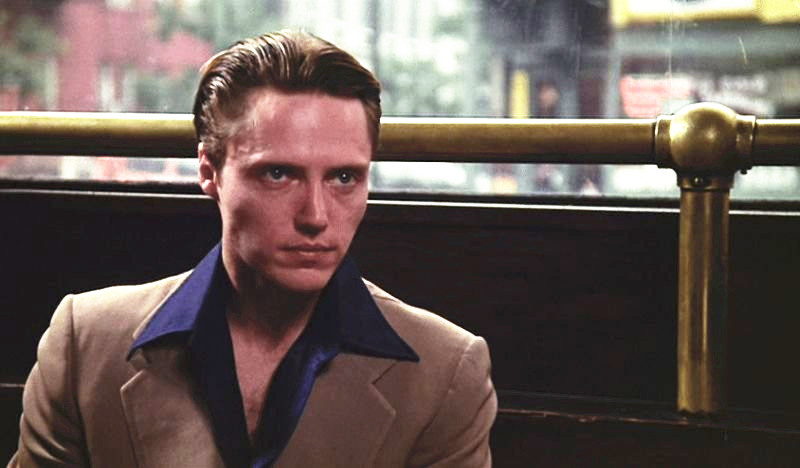
While many films, like Citizen Kane and Chinatown, become considered classics immediately upon their release, others aren’t appreciated until they’re rediscovered many years later. The following list is a selection of films that just might be considered on par with films like The Godfather upon reevaluation.
1. Bigger than Life (1956)
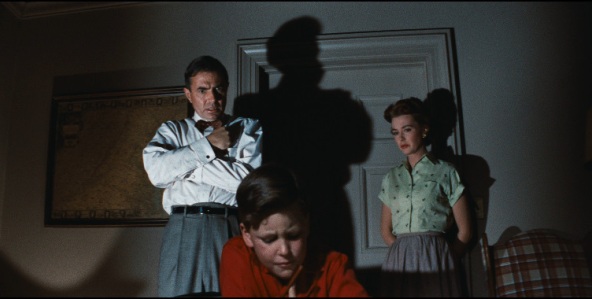
A young Jean-Luc Godard listed Nick Ray’s Bigger Than Life (1956) as the 7th greatest American film of the sound era. Godard’s praise is certainly no exaggeration; Ray’s masterful portrayal of drug addiction was far ahead of its time. It has been replicated many times, but its sheer quality has never been surpassed.
Bigger than Life tells the story of a middle-aged schoolteacher, played by James Mason, who is diagnosed with a rare disease that is likely to take his life within a few years. His doctors put him on an experimental new medication called cortisone. The medication quickly improves Mason’s physical health, but not without serious mental side effects.
From the gradual development of Mason’s addiction to the immensely suspenseful climax, Bigger Than Life paints a painful portrait of the toll that drug addiction can take on one’s domestic life. Apart from the gripping story the film tells, the awe-inspiring CinemaScope photography and absorbing DeLuxe color only add to the spectacle that is Nicholas Ray’s Bigger Than Life.
Comparisons can also be made between the film and Stanley Kubrick’s The Shining (1980). Both films show a father, who is in both cases an English teacher, slowly descending into madness, culminating in a dramatic attempt at violence towards his family. It makes one wonder whether this influence is intentional on Kubrick’s part or if the similarities are merely coincidental. In any case, Bigger Than Life deserves far more recognition than it generally gets for being a rare classic Hollywood film that tackles a serious issue in such a direct manner.
2. Next Stop Greenwich Village (1979)
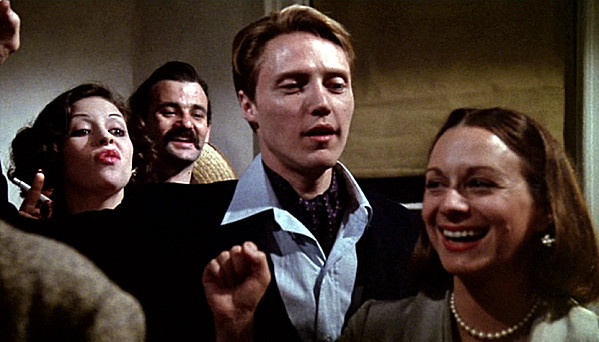
Authentic and genuine portrayals of counterculture life in the 1950s are incredibly hard to come by, but director Paul Mazursky’s magnum opus is a rare exception.
It can’t quite be referred to as plotless, but it’s the little moments in the film that tend to stick out more than the actual story. The film follows an aspiring Jewish actor, Larry Lapinsky played by the late Lenny Baker, along with his fascinating group of friends which includes his girlfriend (Ellen Greene) and Robert Fulmer (Christopher Walken).
The strong point in every one of Mazursky’s film is his rare ability to seam laugh-out-loud comedy and intense, emotional drama within the same film. As a result, his films end up being very balanced in their tone. They paint a far more realistic picture of life, not just showing the positive or negative sides. In a film by any other director, it may seem strange to jump from lighthearted antics between friends to displaying a tragic suicide. How many “comedies” are able to pull that off? But in a Mazursky film, his goal always seems to be to portray the full spectrum of life. And more often than not, he succeeds.
3. Europa ’51 (1951)
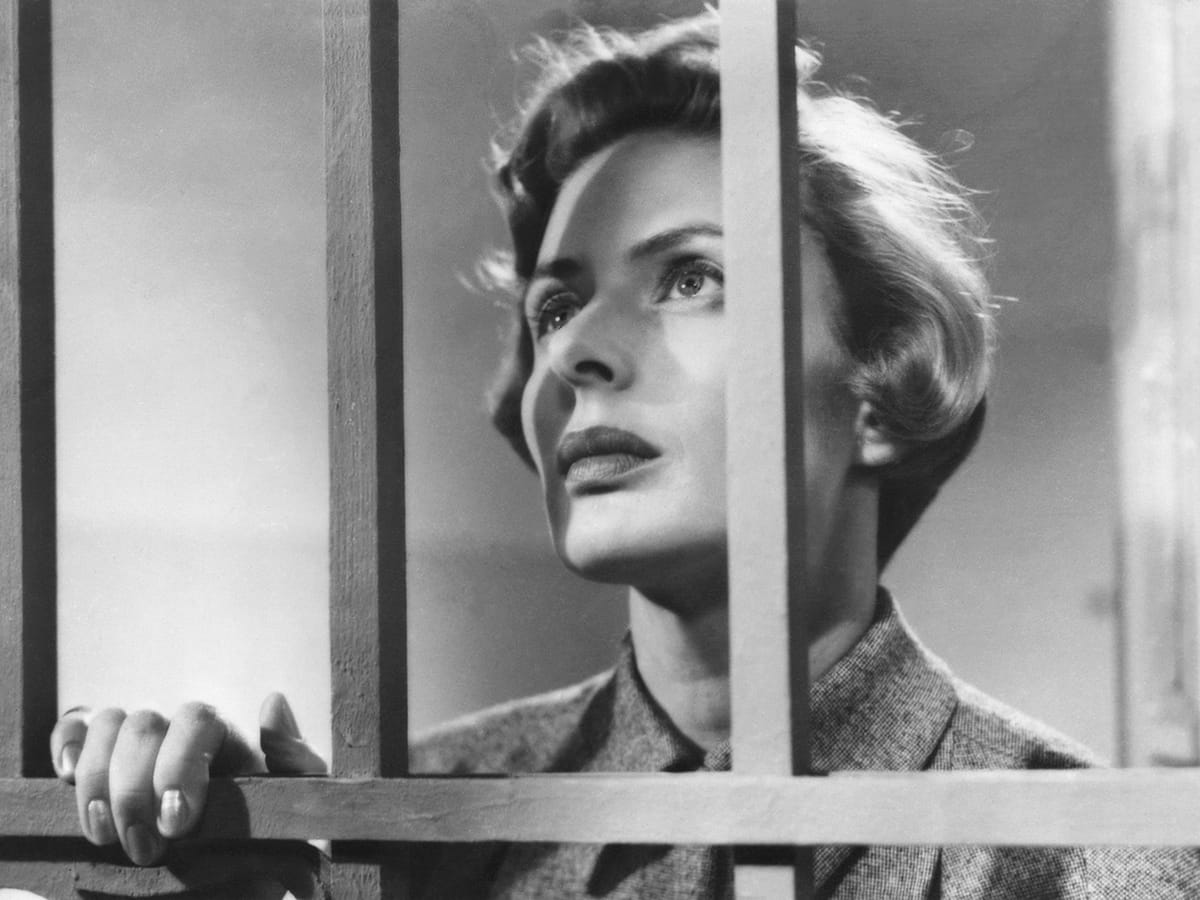
Though it’s not his best-known film, Roberto Rossellini’s Europa ’51 is undoubtedly one of his greatest achievements.
The film begins with Ingrid Bergman’s young son jumping to his death from a stairway in their luxury apartment building, during one of his mother’s dinner parties. What follows in the film is rather unexpected.
At first, Bergman understandably suffers from crippling depression, unable to eat or leave her bed. As the film progresses, though, she takes an interest in helping less fortunate families, at the suggestion of a Communist friend.
Bergman is shocked and bewildered by both the living and working conditions of Italy’s lower-class families. She spends much of her time helping those families in every way possible but neglects to tell her own family about this. Shockingly, she ends up declared insane for helping those trapped in post-war poverty. But in the end, those who were helped by her see her as a sort of “patron-saint,” an almost Christ-like figure.
Europa ’51 is quite close to being Bergman’s greatest performance, though naturally it cannot quite compare with her stunning late career performance in Ingmar Bergman’s Autumn Sonata.
Rosselini’s other famous films seem to deal with either the rich or the poor. Whereas Journey to Italy follows a wealthy couple who are entirely bored with each other and their lives, Germany Year Zero portrays the other side of post-war Europe, those who truly suffered. But in Europa ’51 it’s almost as though these two films have been combined, showing a brilliant contrast between the social classes and making ultimately making powerful statement against society in its finale.
4. Safe (1995)

One of the greatest depictions of mental illness in film history, Todd Haynes’ Safe shows a far different kind of mental illness than what is usually shown in films. Julianne Moore’s character doesn’t suffer from any of the usual suspects- depression, anxiety, suicidal behavior- but rather an extreme form of OCD and paranoia, while she genuinely believes she suffers from a “chemical sensitivity.”
What makes this film so utterly fascinating is that the point-of-view is essentially from Julianne Moore’s perspective. The viewer begins to feel both like they are experiencing everything she is, but at the same time, one feels they are enabling her illness by watching her slowly descend into madness. It is a very rare and powerful thing for the viewer to feel as though they are almost a part of a film, and Todd Haynes pulls this off masterfully.
5. Confidential Report (1955)
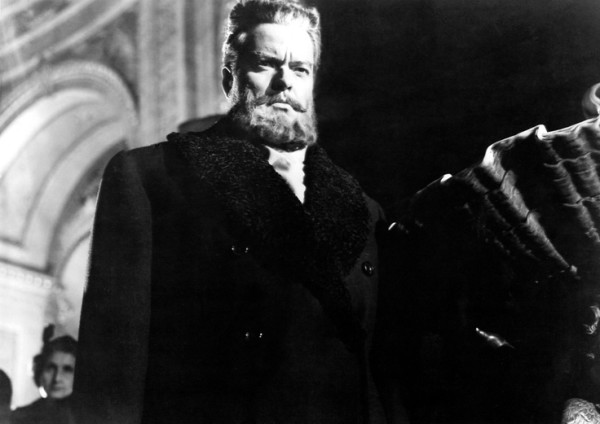
Unpopular opinion: The “Confidential Report” cut of Mr. Arkadin is Orson Welles’s best film. To put it simply, this film is cinema in its purest form- crafted meticulously by a man who some might say singularly embodies cinema more than any other figure.
Regardless of how one feels about Welles himself, Confidential Report is constantly interesting and wildly unpredictable. Sure, it requires multiple viewings for the plot to really come together for the viewer, but it’s far more rewarding when rewatched.
Its strengths lie in Welles’s masterful abilities as a visual storyteller. Every single camera angle works to help the viewer understand the character currently on screen. Welles isn’t merely filming his actors. Instead he brings these magnificent characters to life, making them unforgettable.
Though it was unknown by most at the time of its release, the French critics from Cahiers Du Cinema praised it. Eric Rohmer (My Night at Maude’s, La Collectionneuse) listed it as his #1 favorite film of 1956 and Jean-Luc Godard featured it on his same list of American sound films that also featured the aforementioned Bigger Than Life.